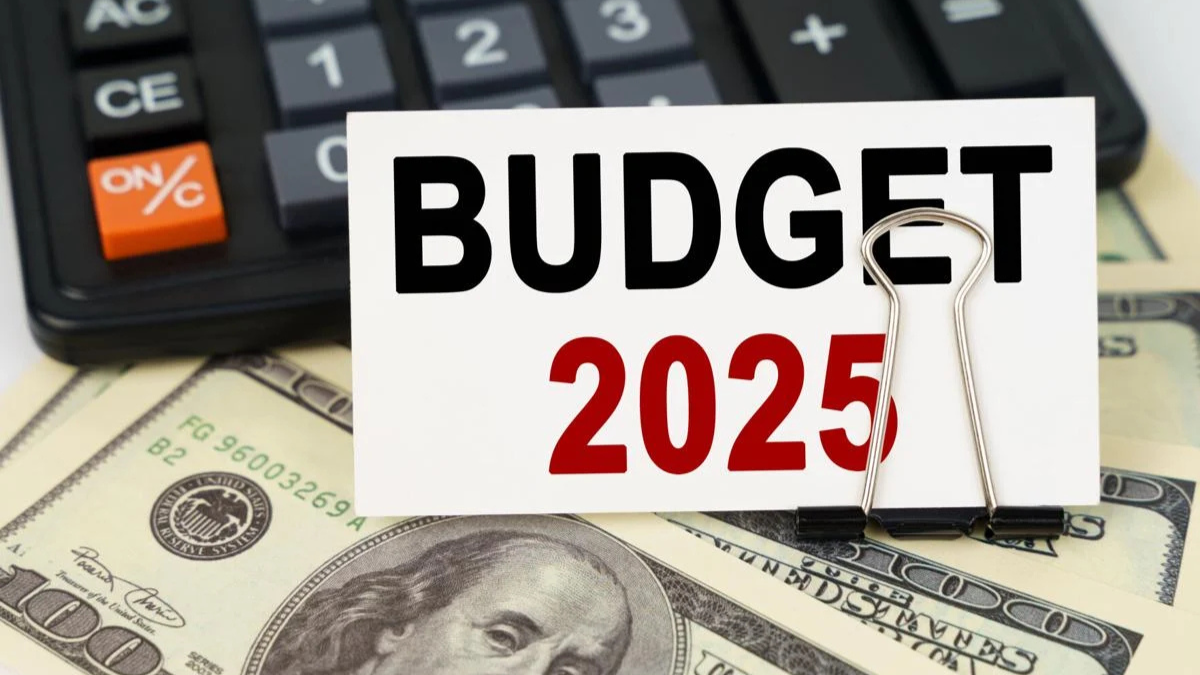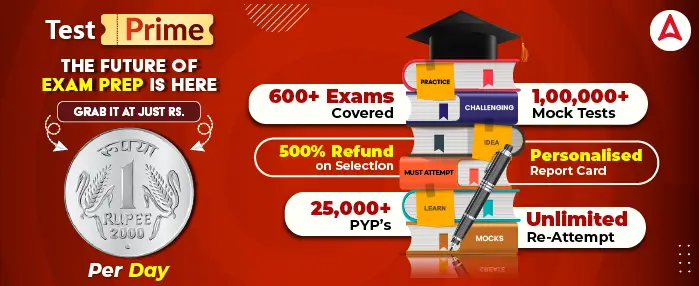India’s Union Budgets have played a pivotal role in shaping the nation’s economic trajectory, reflecting the country’s evolving priorities, challenges, and aspirations. From the early years of independence to the present day, each budget has been a blueprint for growth, reform, and transformation. Here’s a detailed look at how budgets have influenced India’s economic journey over the decades.
1. Post-Independence Era (1947-1970s): Building a Self-Reliant Economy
After gaining independence in 1947, India faced the monumental task of building a self-reliant economy. The early budgets focused on laying the foundation for industrialization, infrastructure development, and social welfare.
- First Budget (1947): Presented by R.K. Shanmukham Chetty, India’s first Finance Minister, the 1947 budget allocated ₹92.74 crore for defence, reflecting the immediate challenges of post-Partition security concerns.
- Industrialization and Public Sector: The budgets of the 1950s and 1960s emphasized the establishment of public sector enterprises and heavy industries. The Five-Year Plans guided economic priorities, with a focus on sectors like steel, coal, and power.
- Green Revolution: In the 1960s, budgets supported the Green Revolution, which transformed India from a food-deficient nation to a self-sufficient one. Investments in agriculture, irrigation, and fertilizers were prioritized.
This era laid the groundwork for a mixed economy, combining state-led development with private enterprise.
2. The Liberalisation Revolution (1980s-1990s): Opening Up the Economy
The 1980s and 1990s marked a turning point in India’s economic history, as the country transitioned from a closed, regulated economy to a more open and market-driven one.
- 1991 Economic Crisis: India faced a severe balance of payments crisis in 1991, with foreign exchange reserves plummeting to critical levels.
Historic 1991 Budget: Presented by then Finance Minister Dr. Manmohan Singh, the 1991 budget introduced bold reforms that changed the course of India’s economy. Key measures included:
- Liberalization: Reducing government control over industries and opening up the economy to foreign investment.
- Trade Reforms: Slashing import duties and promoting exports to integrate India into the global economy.
- Privatization: Encouraging private sector participation and reducing the dominance of public sector enterprises.
These reforms not only pulled India out of the crisis but also set the stage for rapid economic growth in the following decades.
3. Inclusive Growth (2000s): Prioritizing Social Development
The 2000s saw a shift in focus toward inclusive growth, with budgets emphasizing rural development, education, healthcare, and social welfare.
- Mahatma Gandhi National Rural Employment Guarantee Act (MGNREGA): Launched in 2005, this landmark initiative guaranteed 100 days of wage employment to rural households, addressing poverty and unemployment.
- Education and Healthcare: Budgets in this period allocated significant funds to improve access to education and healthcare. Initiatives like Sarva Shiksha Abhiyan (universal education) and National Rural Health Mission were launched.
- Infrastructure Development: Investments in roads, ports, and telecommunications were prioritized to boost connectivity and economic growth.
This era marked a conscious effort to ensure that the benefits of economic growth reached all sections of society, particularly the marginalized and rural populations.
4. Digital and Green Push (2019-2024): Embracing Technology and Sustainability
In recent years, budgets have focused on leveraging technology and promoting sustainable development to address contemporary challenges.
- Digital India Program: Launched in 2015, this initiative aimed to transform India into a digitally empowered society. Budgets have allocated funds for expanding internet connectivity, promoting digital payments, and enhancing e-governance.
- Gati Shakti Master Plan: Introduced in 2021, this ambitious infrastructure plan aims to improve logistics and connectivity across the country, boosting economic efficiency.
- Green Energy: Budgets have emphasized the transition to renewable energy, with initiatives like solar energy projects, electric vehicle promotion, and green hydrogen missions.
- COVID-19 Response: The pandemic-era budgets focused on healthcare infrastructure, vaccine development, and economic relief measures to support businesses and vulnerable populations.
These budgets reflect India’s commitment to embracing technology and sustainability as key drivers of future growth.
5. Key Themes Across Decades
- Economic Reforms: From liberalization in 1991 to GST implementation in 2017, budgets have been instrumental in driving structural reforms.
- Social Welfare: Programs like MGNREGA, Ayushman Bharat, and PM-KISAN have highlighted the government’s focus on inclusive growth.
- Infrastructure Development: Investments in roads, railways, airports, and digital infrastructure have been a consistent priority.
- Global Integration: Trade reforms, foreign investment policies, and export promotion have strengthened India’s position in the global economy.



 India’s Forex Reserves Rise by $1.68 Bil...
India’s Forex Reserves Rise by $1.68 Bil...
 India’s Net Direct Tax Collections Rise ...
India’s Net Direct Tax Collections Rise ...
 Retail Inflation Rises Slightly to 0.71%...
Retail Inflation Rises Slightly to 0.71%...







